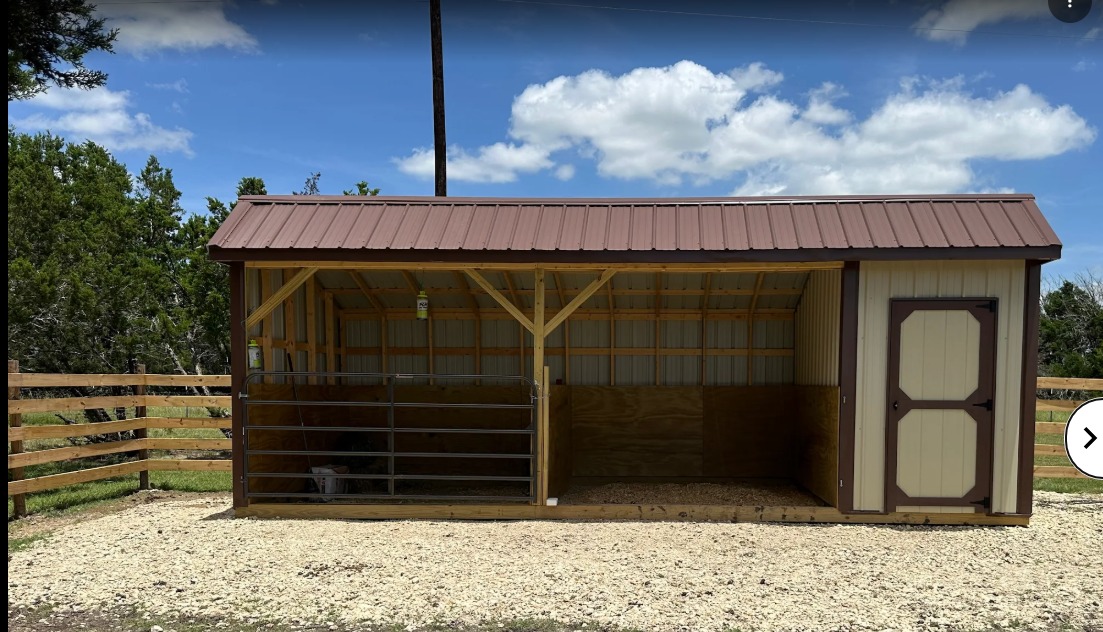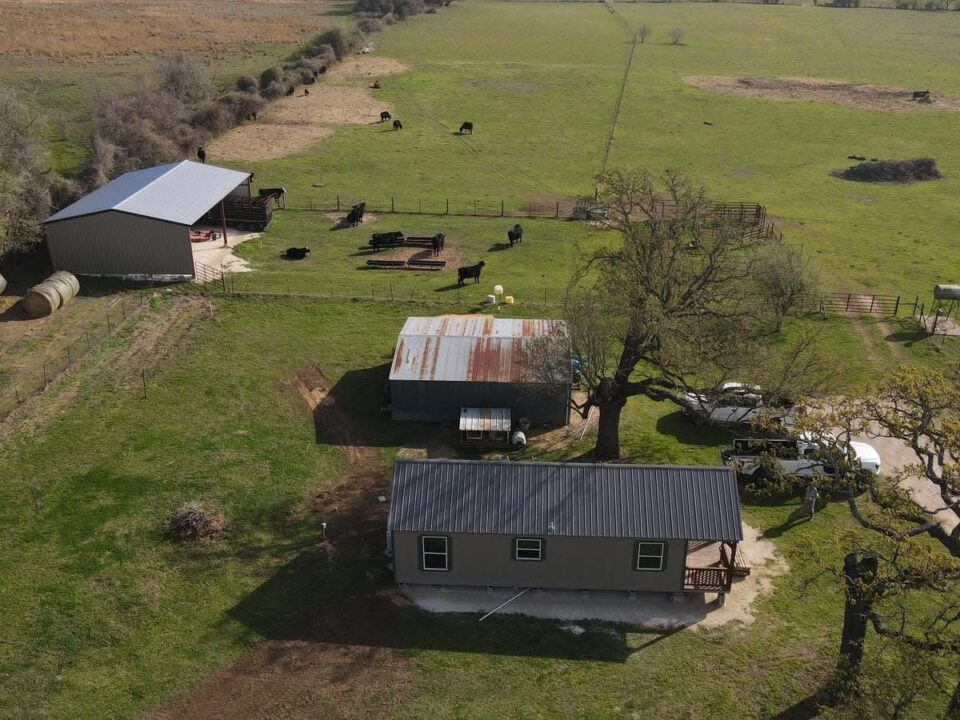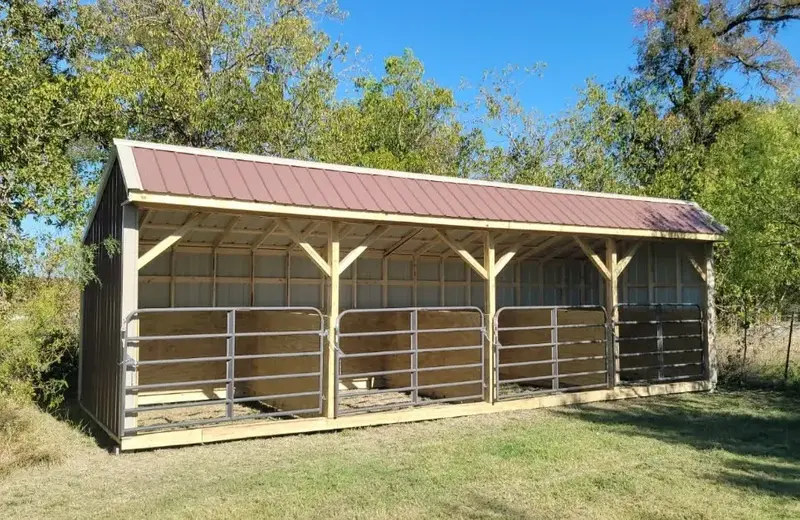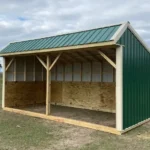
Predator-Proofing Your Animal Shelter: Keep Livestock Safe
August 2, 2025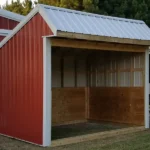
Shelter Repair Basics: How to Maintain Your Animal Shelter
August 4, 2025Best Bedding Options for Animal Comfort 🐑🐓🐴
Good bedding is more than just a soft place for your animals to rest—it’s essential for their health, hygiene, and overall well-being. Choosing the best bedding options for animal comfort helps prevent illness, reduces odors, and makes daily chores easier. The right bedding keeps animals dry, warm, and stress-free while saving you time and money in the long run.
Why Bedding Choice Matters 🌾
Clean, dry bedding plays a huge role in preventing disease and injury. It provides insulation in cold weather, protects hooves and joints, and reduces ammonia buildup that can lead to respiratory problems. Comfortable bedding encourages animals to rest more, which supports growth and production.
When bedding is neglected or poorly chosen, animals can suffer from sore joints, infections, and stress-related issues. Beyond animal comfort, the right bedding also impacts your workload—some materials are easier to clean and last longer, ultimately saving time and money.
Straw Bedding 🌻
Straw is one of the most traditional bedding materials. It’s inexpensive, widely available, and provides excellent insulation during cold months. Straw works well for cattle, goats, sheep, and horses in dry climates.
However, straw is less absorbent than other options. It can quickly become soggy if not changed frequently, leading to ammonia buildup and fly problems. In humid regions, straw may mold if stored improperly. To make straw more effective, use a thick layer and remove wet spots daily.
Wood Shavings or Sawdust 🌲
Wood shavings are a popular choice for horses and goats because they’re soft, absorbent, and good at controlling odor. Pine shavings, in particular, are a safe and cost-effective bedding material. Sawdust is even more absorbent but can be dusty, which may irritate animals’ lungs.
Avoid black walnut shavings entirely—they can cause severe health problems in horses, including laminitis.
Wood products need regular cleaning, as wet shavings can quickly grow bacteria. However, when well-maintained, they provide excellent comfort and reduce the need for frequent full bedding changes.
Sand Bedding 🏖️
Sand is highly regarded for dairy cattle because it drains well, stays cool in summer, and reduces hoof problems. It’s a long-lasting material that doesn’t break down like straw or shavings.
The main drawback is weight—sand is heavy to move, especially when wet. It can also freeze in cold climates, making it less ideal for northern regions. If you use sand, be sure your shelter floors are designed to handle the extra weight.
Rubber Mats with Minimal Bedding 🛖
Rubber mats are a great long-term investment for horse stalls, milking areas, and shelters where animals spend time standing. Mats provide cushioning and a non-slip surface while reducing the amount of bedding needed.
Many farmers pair mats with a thin layer of shavings or straw for absorbency. Mats make cleaning easier and prevent animals from digging or shifting bedding out of the way. Although the upfront cost is higher, they pay off by reducing bedding use over time.
Factors to Consider When Choosing Bedding 🧐
The best bedding options for animal comfort depend on several factors:
-
Climate: In hot regions, sand helps keep animals cool. In cold areas, straw provides better insulation.
-
Type of Animals: Horses and goats do well on shavings, while dairy cattle often benefit from sand bedding.
-
Budget: Straw is cheap but requires frequent replacement. Rubber mats have a high upfront cost but save money long-term.
-
Cleaning Routine: If you can clean stalls daily, absorbent materials like shavings work well. For less frequent cleaning, sand or mats may be more practical.
Some farmers use a combination—like rubber mats topped with shavings for comfort and odor control. Experimenting with different setups can help you find the best balance for your animals and workload.
Daily Maintenance for Healthier Animals 🧹
No matter which bedding you choose, maintenance is critical. Remove wet or soiled bedding daily to prevent ammonia buildup and reduce pests. Provide good ventilation in your shelter to keep bedding drier and fresher.
Deep-clean shelters regularly by removing all bedding, disinfecting the area, and laying down fresh material. A clean shelter leads to healthier animals, fewer vet bills, and better productivity overall.
Shelters That Make Bedding Management Easier 🏠
The layout and design of your shelter are just as important as the bedding itself. A well-built barn or loafing shed with proper drainage, wide doorways, and easy-access stalls makes daily cleaning far less stressful.
At Wolf Valley Buildings, our animal shelters are designed with practical features that simplify chores. Whether you need easy-clean flooring, spacious stalls, or durable construction for heavy bedding, we can help you create the perfect setup.
For more detailed guidance on bedding choices, visit University of Minnesota Extension for research-based recommendations on livestock comfort and care.
Internal Links:
Why Wolf Valley Animal Shelters Are Built to Last

